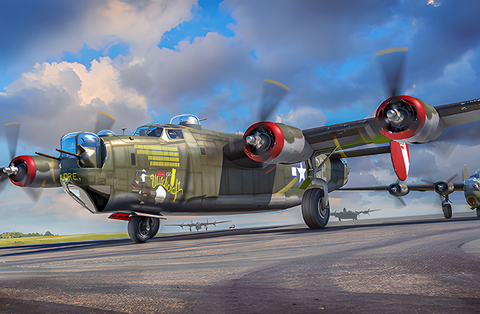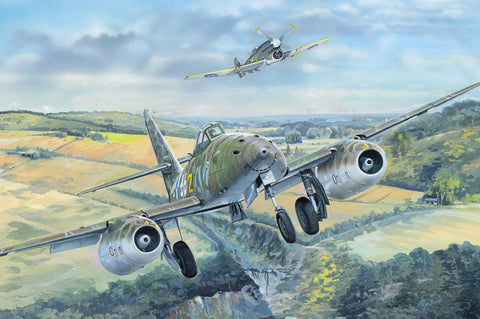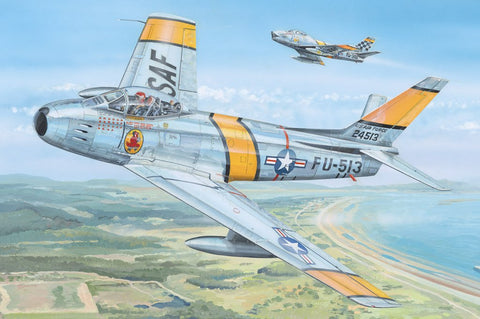Late in 1940, the RAF predicted that the advent of the pressurized Junkers Ju 86P bomber series over Britain would be the start of a new sustained high altitude bombing offensive by the Luftwaffe, in which case development was put in hand for a pressurized version of the Spitfire, with a new version of the Merlin (the Mk VI). It would take some time to develop the new fighter and an emergency stop-gap measure was needed as soon as possible: this was the Mk V.
The basic Mk V was a Mk I with the Merlin 45 series engine. This engine delivered 1,440 hp at take-off, and incorporated a new single-speed single-stage supercharger design. Improvements to the carburetor also allowed the Spitfire to use zero gravity maneuvers without any problems with fuel flow. Several Mk I and Mk II airframes were converted to Mk V standard by Supermarine and started equipping fighter units from early 1941. The majority of the Mk Vs were built at Castle Bromwich.
The basic Mk V was a Mk I with the Merlin 45 series engine. This engine delivered 1,440 hp at take-off, and incorporated a new single-speed single-stage supercharger design. Improvements to the carburetor also allowed the Spitfire to use zero gravity maneuvers without any problems with fuel flow. Several Mk I and Mk II airframes were converted to Mk V standard by Supermarine and started equipping fighter units from early 1941. The majority of the Mk Vs were built at Castle Bromwich.
- Engraved panel lines and rivets
- Well detailed cockpit, full engine, firewall and forward fuselage bulkheads, internal fuel tank, separate gun and engine access panels, radio bay detail, entry hatch, full wing cannon and machine guns with magazines/ammunition belts, separately molded control surfaces, segmented canopy, centerline bomb with rack, vinyl main tires and photo-etch parts (seat belts, pilot armor and oil cooler screens)
- Decals and color painting guide for 2 RAF aircraft: EN951 RF*D, flown by S/Ldr Zumbach of No 303 (Polish) Squadron, September 1942 and W3458 YQ*X, flown by F/Lt 'Buck' Casson of No 616 Squadron, October 1943 - includes stencil data and instrument markings.












